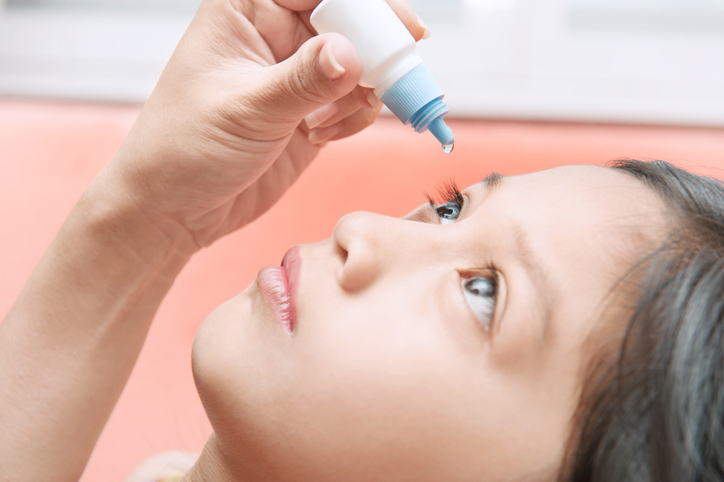 |
|
An atropine concentration of 0.05% may be a better option for controlling myopia progression in children, study findings suggest. Photo: Getty Images. |
The resurgence of interest in myopia mitigation efforts is bringing new treatment approaches into the clinic, including chronic use of atropine in children. Longevity of effect and safety, however, remains a question for many. Researchers recently found that the third year of atropine therapy yielded a better effect across all concentrations compared with the washout regimen. Of 0.05%, 0.025% and 0.01% atropine, 0.05% remained the optimal concentration. While the difference in rebound effects was clinically small across all three studied concentrations, stopping treatment at an older age and lower concentration was associated with a smaller rebound.
The randomized, double-masked extended trial followed 326 children aged four to 12 years old originally recruited into the Low-concentration Atropine for Myopia Progression (LAMP) study for three years. At the beginning of the third year, children in each concentration group were randomized at a 1:1 ratio to a continued treatment and washout subgroup. Cycloplegic spherical equivalent (SE) refraction and axial length (AL) were measured at four-month intervals.
During the third year, SE progression and AL elongation were faster in the washout subgroups than in the continued treatment groups across all concentrations (-0.68D vs. -0.28D and 0.33mm vs. 0.17mm for 0.05%, -0.57D vs. -0.35D and 0.29mm vs. 0.20mm for 0.025% and -0.56D vs.-0.38D and 0.29mm vs 0.24mm for 0.01%).
Over the three-year period, SE progressions were -0.73D, -1.31D and -1.60D for the 0.05%, 0.025% and 0.01% groups, respectively, in the continued treatment subgroup and -1.15D, -1.47D and -1.81D, respectively, in the washout subgroup. The respective AL elongations were 0.50mm, 0.74mm and 0.89mm, respectively, for the continued treatment subgroup and 0.70mm, 0.82mm and 0.98mm, respectively, for the washout subgroup.
The rebound SE progressions during washout were concentration-dependent but their differences were clinically small. Older age and lower concentration were associated with smaller rebound effects in both SE progression and AL elongation.
“Taking into account the efficacy of 0.05% atropine over three years is more than double that for 0.01% atropine with only minor rebound effects, we suggest that treatment using 0.05% atropine should be continued into the third year in Asian children,” the study authors concluded.
Yam JC, Zhang XJ, Zhang Y, et al. Three-year clinical trial of Low-concentration Atropine for Myopia Progression (LAMP) study: continued versus washout. Phase 3 report. Ophthalmology. October 7, 2021. [Epub ahead of print]. |

